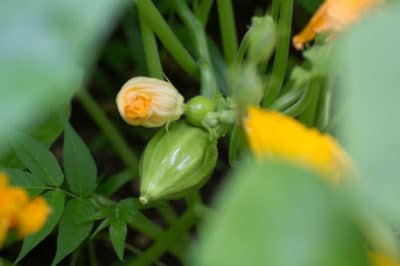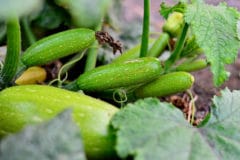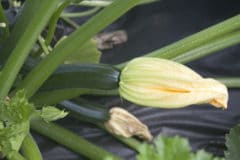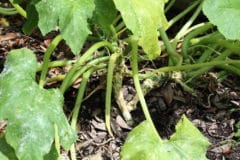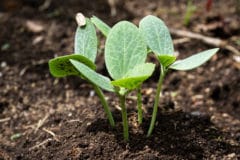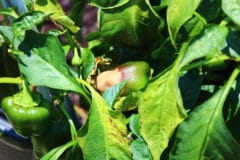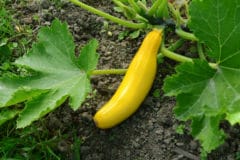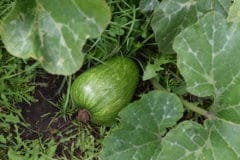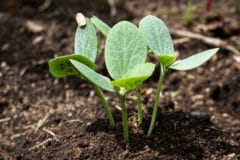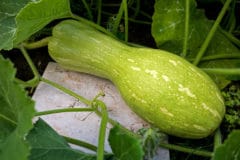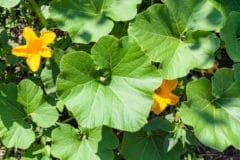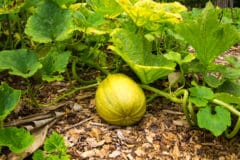Recognizing Squash Blossom-End Rot
With blossom-end rot, a squash first develops a softened, sunken spot on the end where the blossom was attached. Soon it turns blackish-brown. Fungi and bacteria enter this softened area, often leading to decay of the entire squash. Sometimes newly formed squash will fail to grow due to the lack of pollination. Gardeners sometimes confuse this with squash blossom-end rot.
The Cause of Squash Blossom-End Rot
Squash blossom-end rot is caused by a lack of calcium in the squash. The soil may contain adequate amounts of calcium, but the uptake of this nutrient may be hindered. A simple soil test can determine if this is the reason. If the soil shows adequate calcium, the cause is impaired calcium uptake to the developing fruit.
Impaired Uptake of Calcium
Knowing what hinders calcium from reaching developing squash and avoiding these conditions, may be all that is necessary in preventing squash blossom-end rot. Here are the reasons calcium does not reach the squash:
- Extremes in soil moisture
- Over fertilizing with nitrogen
- Cold soils
- High concentrations of ammonium
- High concentrations of potassium
- High concentrations of magnesium
- High or low humidity with hot, windy weather
Prevention of squash blossom-end rot may be as simple as protecting the squash plant roots. The large root system requires a consistent (not soggy) water supply. Also, when hoeing or weeding around the squash plants, be careful not to damage the root system. Mulch with hay, untreated wood chips, pine straw, leaves, or grass clippings during dry periods.
Calcium Deficient Soil
Sometimes the soil is calcium deficient, causing squash blossom-end rot. If a soil test shows the soil lacking calcium, it is best to add to the soil natural substances like lime, gypsum, eggshells, or bone meal. Check soil pH levels regularly especially if lime is added to your soil. The pH of the soil should be about 6.5 for growing squash and most other vegetables.
Other Suggestions for Prevention of Squash Blossom-End Rot
The health of all plants including squash plants begins in the soil. Adding organic matter to clay soils will loosen it: organic matter will increase the water-holding capacity to sandy soils. The uptake of calcium and water will increase in either type of soil. Proper drainage of the soil is also crucial. Consider growing squash in raised beds if your soil tends to stay soggy.
